PEP 8 pt 2

CREATIVITY

Using the anotate skill from zoom, try to connect the 9 dots using only no more than 4 straight lines.
![]()
You give up? Find solutions HERE
What is your opinion about these images?
Do you agree or disagree? Why?
![]()
Vocabulary
Work on page 8, exercise Key Words
![]()
Practice
Choose three words from the vocabulary. Predict how those words might be related with the topic of creativity in schools.
Predict how the TED's speaker might use them.
 Read the information of the speaker of the TED talk.
Read the information of the speaker of the TED talk.

Main Activity
Each of you will become education specialists.
MEP has appointed you to give recommendations to foster creativity in Costa Rican schools.
You will read an article about the Ted speaker's position on creativity in education to gain even more knowledge about the situation.
Each of you will have a section of the article. You will explain it and offer a couple of solutions for it that apply to our national reality.
After each of you present, discuss your opinions about it.
ST A:
"The Importance of Encouraging Creativity in Students"
ST B:
"A Look at How the Education System Stifles Creativity"
ST C:
"The Consequences of Stifling Creativity in Education"
WARM UP

![]()
Grammar Clue
Find the mistake (s) in these sentences.

Watch the video, then discuss the questions from the book.
![]()
Main Activity
You will give your classmates a mini Ted Talk about one of the questions on your book, on page 13.
You should make the question a solution appliable to people's lives.
Your main topic must be creativity.
You must include some statistics about the topic (they can be your attention getter)
In your TED talk, you will include some of the information you learned, and also some of the information you know or did research about. The idea is that you can teach the class something new.
Include the vocabulary words, grammar, and phrases for creativity.
Begin and finish your TED talk in a strong way.
Tips:

What is something you do to unwind while at work?
Would you consider important to have spaces for quick leisure activities at work?
If you could choose such spaces, what would they be?
_____________________________________
U 2

HOPES AND FEARS
"Why I live in mortal dread of public speaking"
What is the meaning of that TED talk title?
Fill out the blank space with your own fear
"Why I live in mortal dread of _______"
Discuss why that frightens you.
![]()
Vocabulary
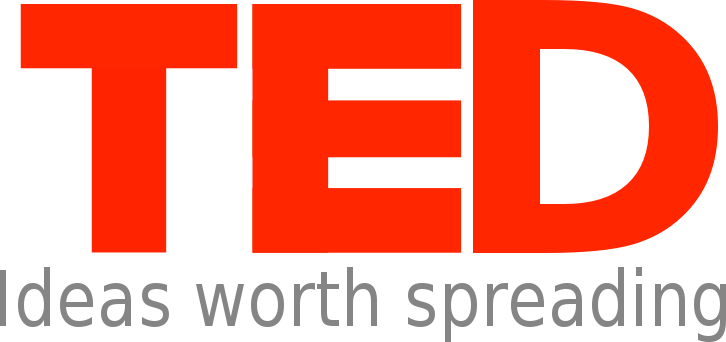
While you are watching, pay attention to certain words. Trace them in the Ted talk and find out their meaning and usage.
![]() Vocabulary list
Vocabulary list
Miraculous
Speech Impediment
Explicitly
Proper nouns
Singsong
Cheating
![]()
Main Activity
We will have a group discussion between three psychologists that are going to discuss the best ways to overcome fears.
Do research on the best ways to overcome the fears on exercise 14.
Important:
You must disagree with at least one of the recommendations from your colleagues in the talk.
You must ask at least one question to a colleague
You must comment on someone's view.
Include vocabulary from the book and the TED.

You will be assigned one of these phrases. Analyze it and give your honest opinion about it
My generation will not have a better life than my parents' generation.
My generation will have a better life than my parents' generation.
My children's generation will have a better life than mine.
![]()
Grammar Clue

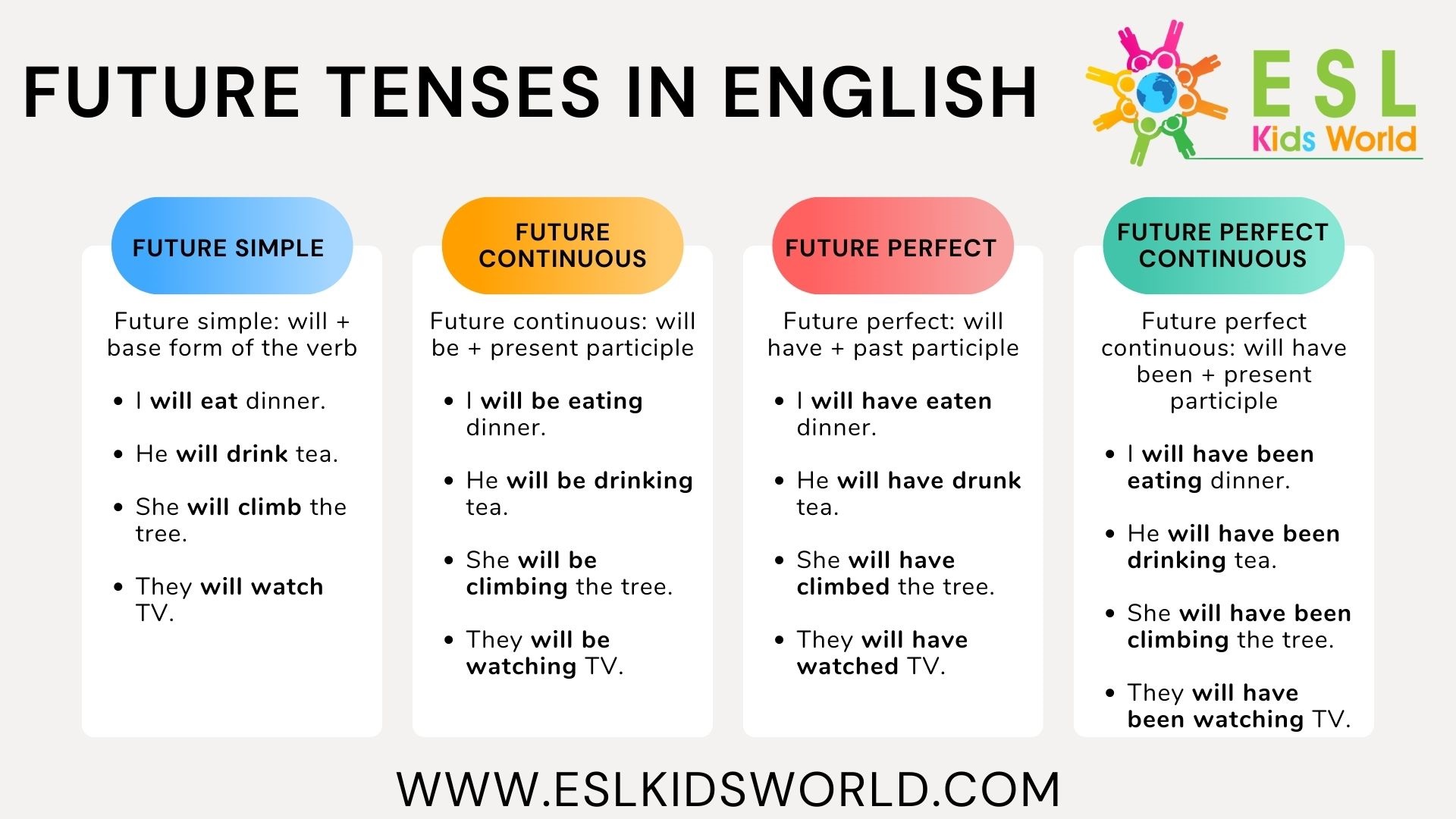
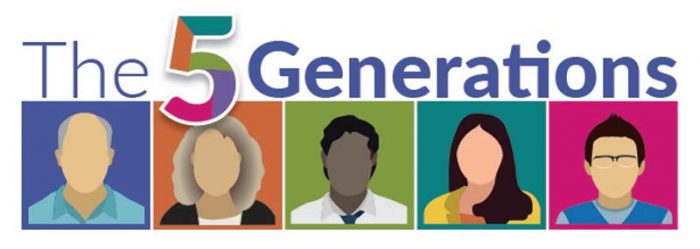
Main Activity
Read the article HERE
Student A: baby boomer
Student B: Gen X
Student C: Millenial
Each of you will make questions to interview the representants of the other generations.
The questions have to be about differences between generations, their predictions for the future, which generations has had it better, etc.
Try to use as many future forms as possible.
___________________________________________
U 3

P E R C E P T I O N
Listen to the sounds the teacher will play for you.
![]()
Discuss
How did each sound make you feel?
What kind of response could they create in humans?
How does sound affect us? Consider all the positive and negative ways
![]()
Vocabulary
Decide if the statements are true or false for you
Some sounds can drive your fight-flight reaction T - F
Sound therapy can help you to avoid suppressing your emotions T - F
In the city life, we are constantly bombarded with sound pollution T - F
Most companies have high levels of sound pollution in their sites, and, therefore, aren't congruent with their "peaceful work environment" policies T - F
![]()
Practice
See instructions HERE
 Predict: In what ways does sound affect us? What's the speaker going to say about it?
Predict: In what ways does sound affect us? What's the speaker going to say about it?

Main Activity
You are Julian Treasure, the speaker of the talk.
Choose one of the ways in which sound affects us (Physiologically, psychologically, cognitively, or behaviouraly)
Teach your audience ways in which you can use that to one's benefit, recommend some sound therapy, and talk about the great advantages it might have in one's life.

What do you know about first impressions?
Let's do this true and false activity. Decide if the statement are true or false based on your perception and personal opinion.
I care about what a person is wearing when I make a first impression T - F
I care a lot about what people say when I meet them for the first time T - F
Body language is not important to notice when I meet someone T - F
I perceive a person differently depending on their gender T - F
Eye contact is important for me T - F
![]()
Grammar Clue
Exercise 4, page 35. Choose the best option.
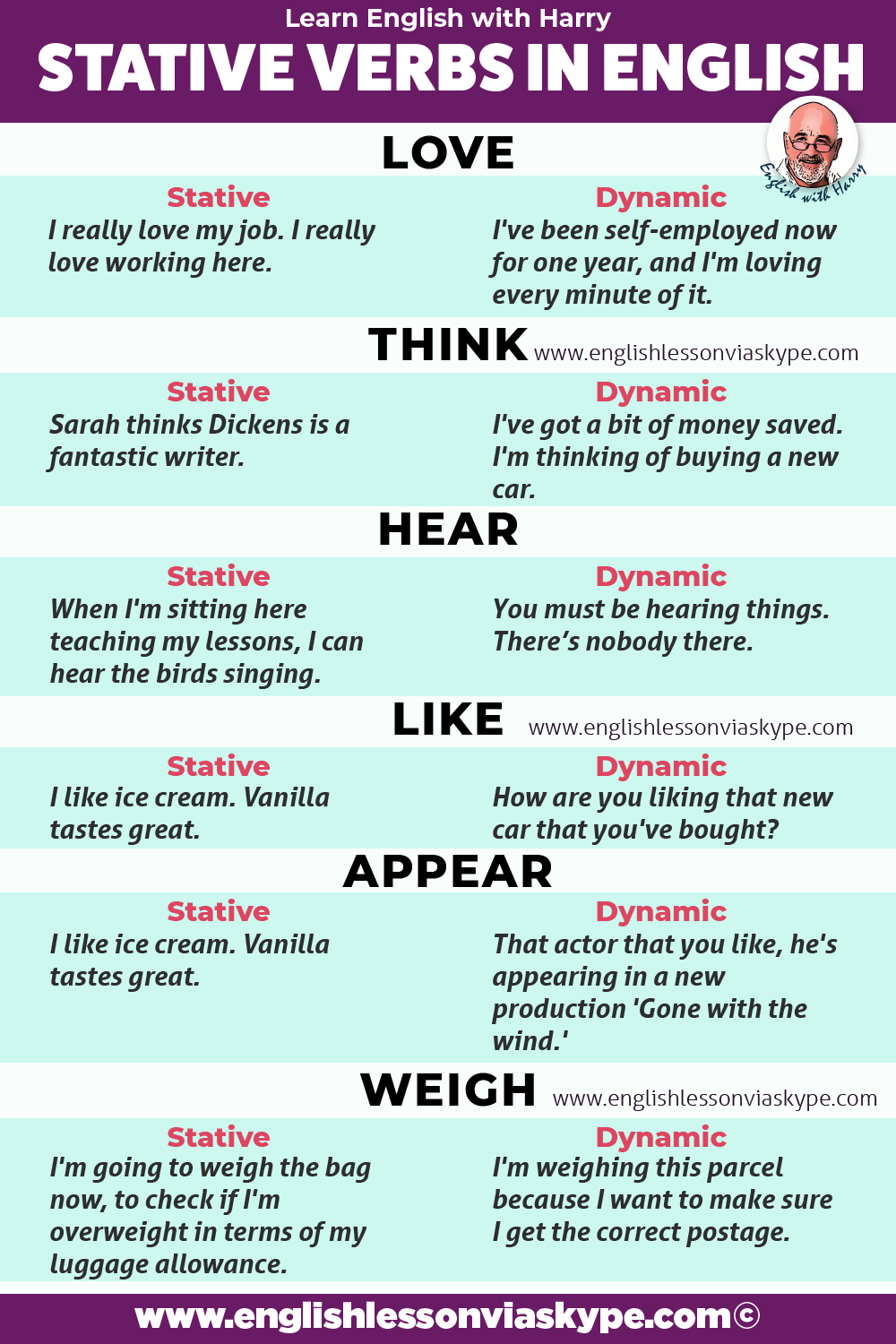

Click on the icons to practice
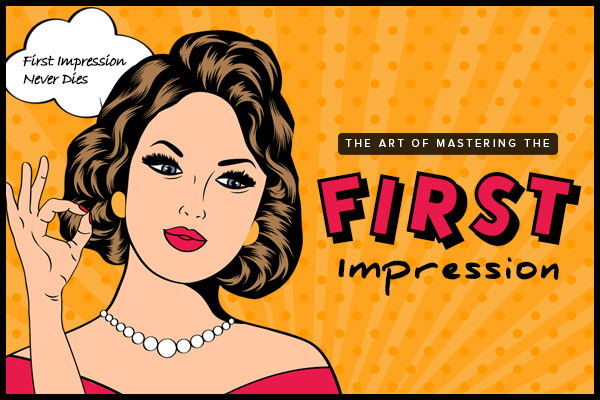
Main Activity
Give the audience your best tips to create a good first impression.
Have some sort of academic backup on the effectiveness of such tips.
Include grammar from the class.
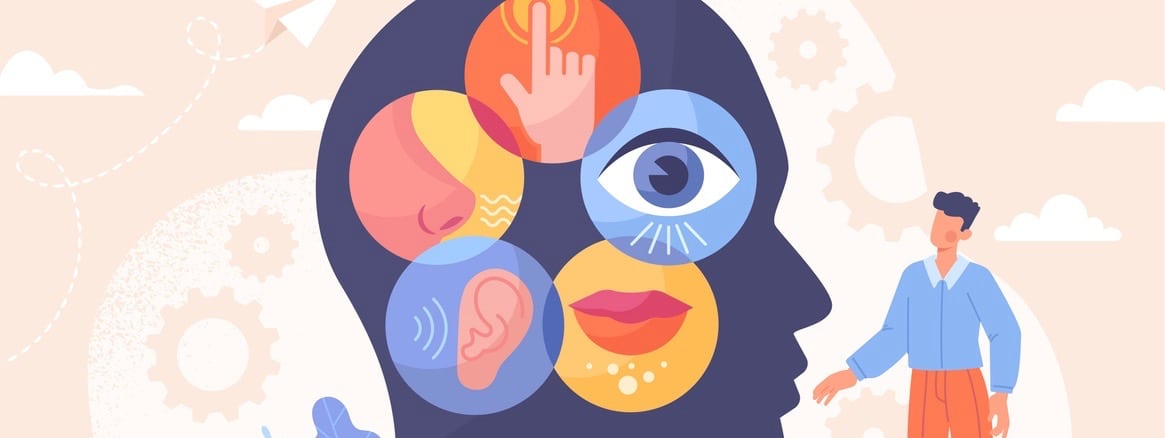
The teacher will assign each of you a video.
Watch it and come back with a summary of it and a comment about what you watched
U 4

Human Interaction
Take a look at the image down below.
What can you infer from each person just by looking at them in this image?
What are they communicating to you?

![]()
Vocabulary
 While you watch, do the following:
While you watch, do the following:
1. Watch the video and be ready to explain what you watched. Do the exercises from each part of the video.
2. Listen carefully and find the moments where the speaker uses the following expressions:
Contemptuous - Wink - Congeniality - Quicksand - Tweaks
3. Think about the best definition for those words. How did speaker use them?
:quality(70)/cloudfront-eu-central-1.images.arcpublishing.com/thenational/NC5Y2RZNMX7FL2TLRV4DZDYBFI.jpg)
Main Activity
Give your own TED talk about the topic
"How Body Language Shapes Your Personality"
Make sure to:
1. Have a powerful way to open your speech
2. Include at least 3 examples of moments where body language can change everything and represent who you are
3. Give some advice to the audience
4. Conclude in a powerful way.
Make sure to use the tips on page 43 about the structure of a talk
Include some sort of back up research in your talk

How did you use to communicate in the past, say 20 years ago?
What has been the biggest change you've seen in communication?
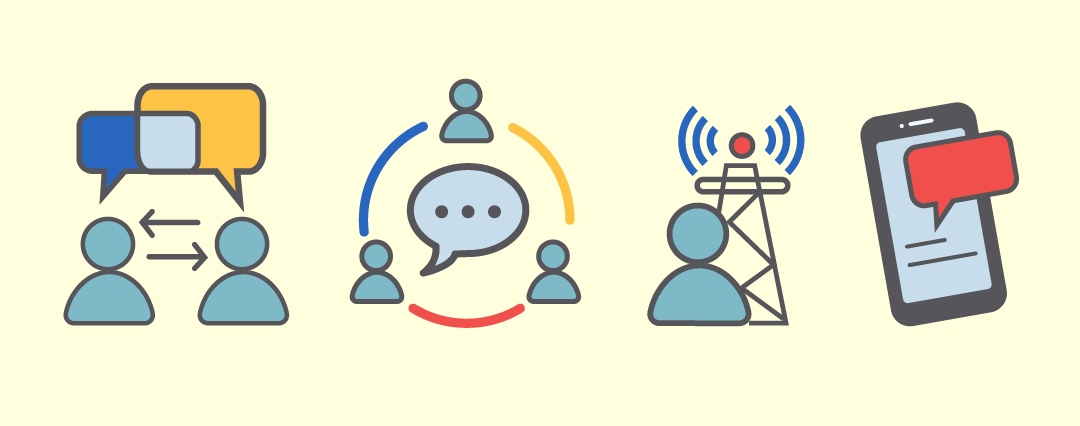
You will have 10 minutes to make a quick timeline about the evolution of communication, from the very first to the newest form of communication we have.
Requirements:
You must include as many past tenses as possible (simple past, past continous, past perfect, used to, modals in past, etc)
Be ready to share it with the class.
![]()
Grammar Clue
Work HERE to see how much you remember about past tenses
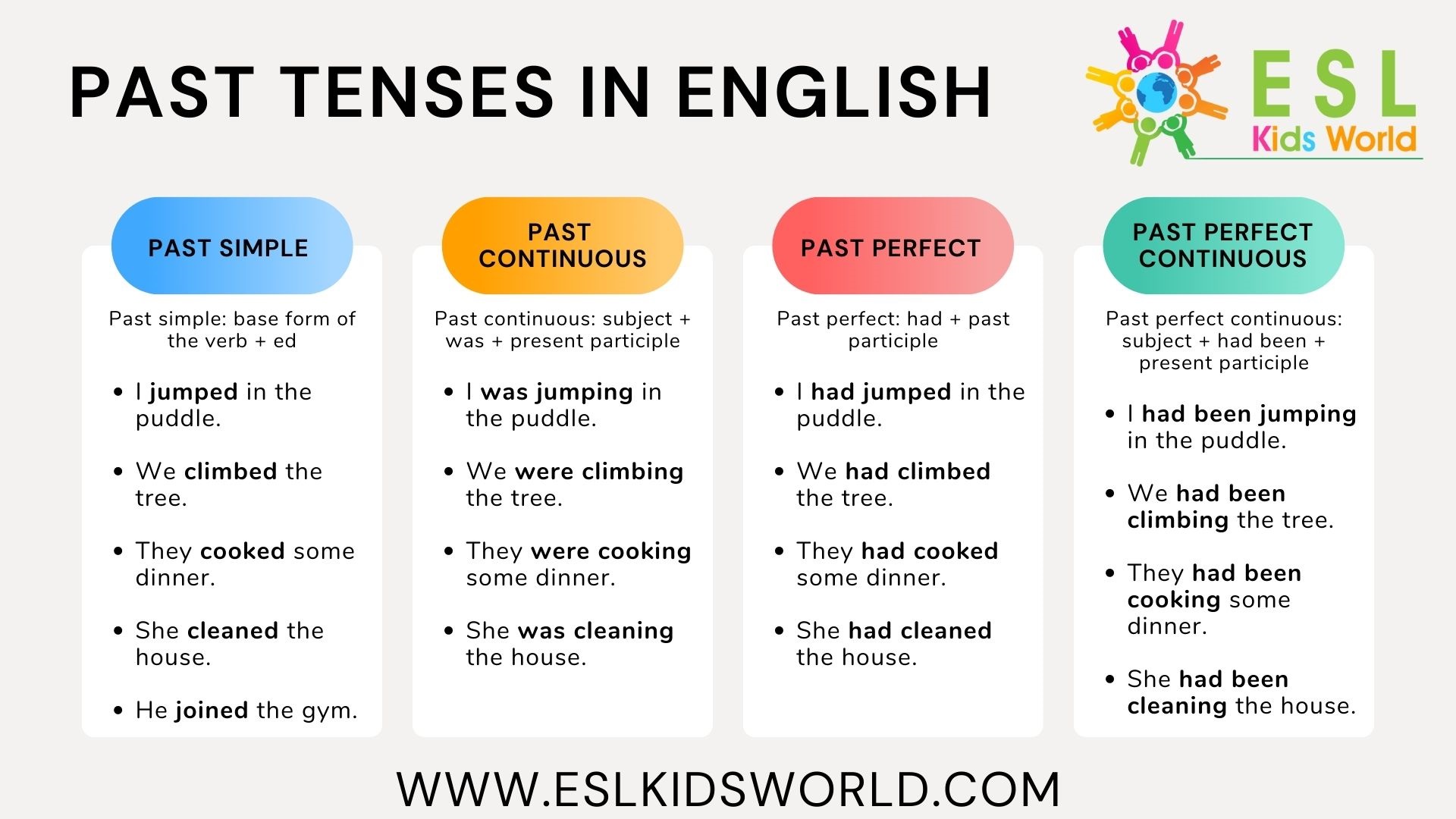
![]()
![]()
Practice
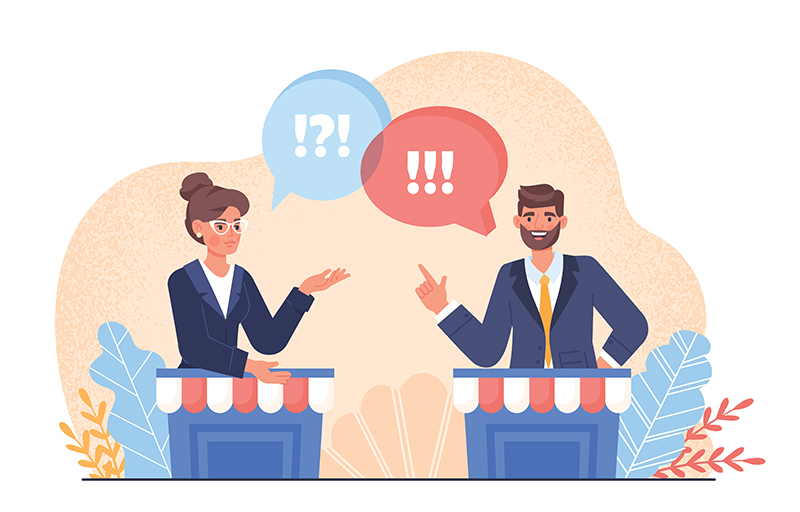
You will debate about the following premise:
Being hyperconnected brings more advantages than disadvantages.
In favor:
You will build arguments around the idea that hyperconnectivity brings more advantages than disadvantages. Search for data that will support your claim.
Against:
You will build arguments around the idea that hyperconnectivity does NOT bring more advantages than disadvantages . Search for data that will support your claim.
Rounds:
each round will take from 1 minute to 1:30.
1. Side A presents initial arguments
2. Side B presents initial arguments
3. Moderator asks 1 question to each side.
4. Side A answers
5. Side B answers
6. Moderator asks each team to formulate question to opposite side
7. Both sides answer
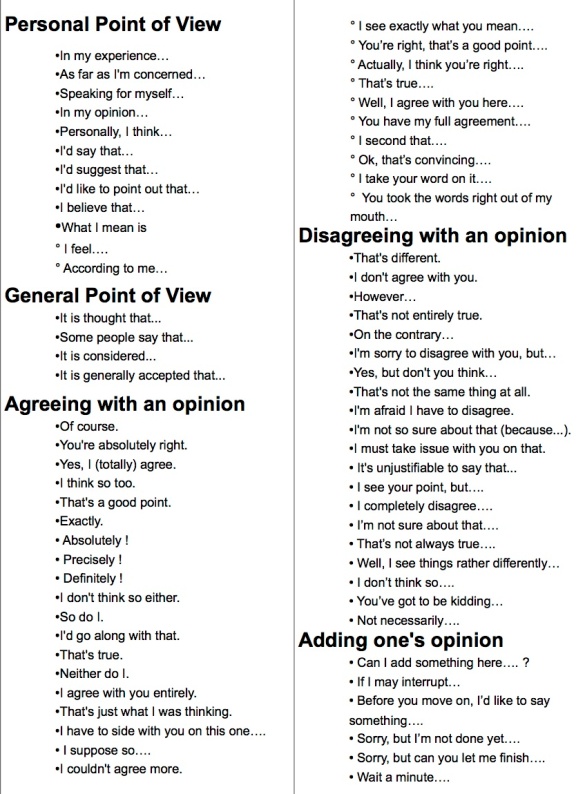

Comentarios
Publicar un comentario